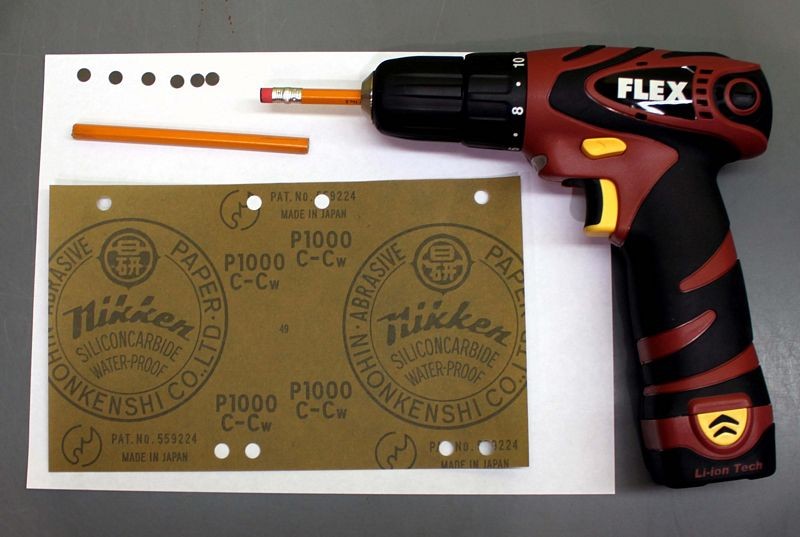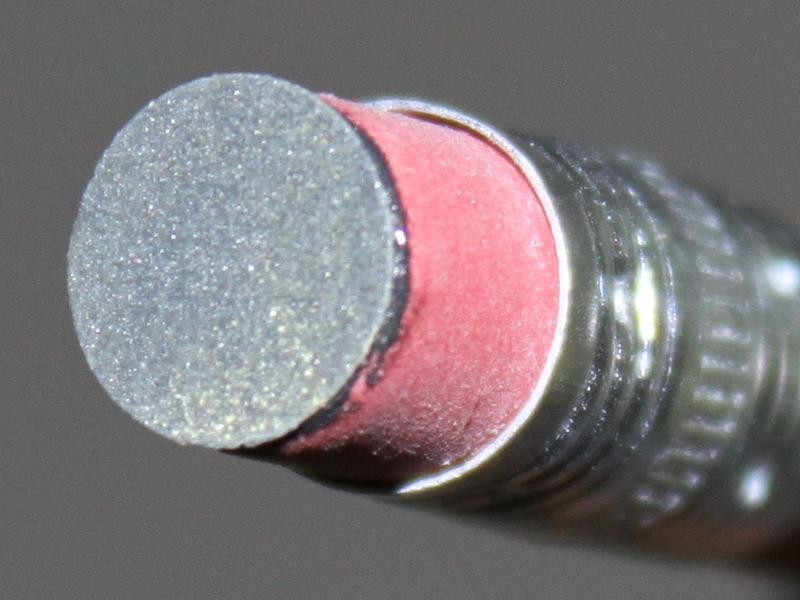What you're trying to do is on the advanced side of the paint correction spectrum.
Mostly because the clear layer of clearcoat is so damn thin. Here's something I've shared in the past on this topic and it's just as accurate today as the day I typed it out.
Read the below carefully, it's not just words - it's real deep info.
Couple of comments to anyone ever attempting to do this kind of repair...
1. When possible, let the paint dry longer. You want the touch up paint as
dry and hard as possible before you start sanding and buffing on it.
The problem you can run into when you start buffing on touch-up paint is when you warm it up, especially when using a rotary buffer, you can actually pull the touch-up paint right out of the scratch or rock chip if you're attempting to do this to a rock chip. Then you're back to where you started only now you've got sanding marks in the surrounding paint.
2. Touch-up paint will always be softer than the factory paint surrounding the repair, here's how this affects the buffing process. When you go to buff out your sanding marks, they will buff out quickly and easily out of the touch-up paint because this paint is softer, especially if it's only dried a short time. The surrounding paint will be harder and thus it will be harder or more difficult to remove your sanding marks out 100%
It's easy to sand paint as at it's core that's putting scratches into the paint... the tricky part is getting the ALL out...
When doing touch-up repair work on clear coat paints, what I've seen and experienced is the sanding marks come out of the touch-up paint quickly and easily but not so with the factory clear.
So what a person does is continue buffing the sanding marks in the surrounding clear paint and what happens is you heat the panel up and your buffing pad will literally pull the touch-up paint out of the scratch or chip.
3. You really need a rotary buffer to remove sanding marks 100%
Can you do it with a DA or Flex or even Cyclo? Sure but it will take longer. Again the sanding marks will come out of the touch-up paint quickly and easily, it's the surrounding factory baked-on clear coat that you'll need to be concerned with.
Try to finish sand with #3000 or higher before buffing.













